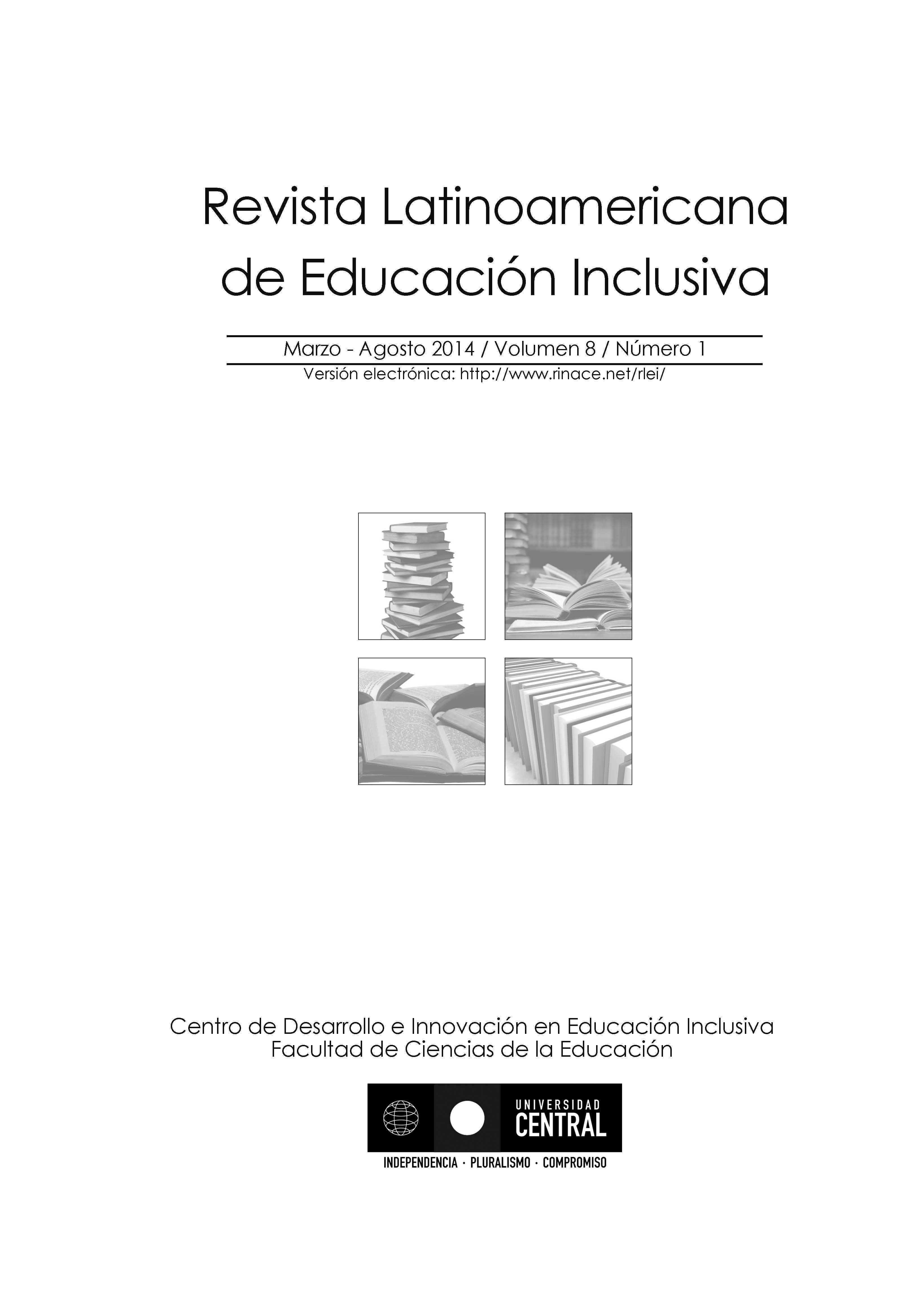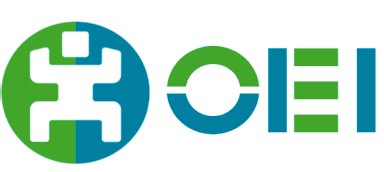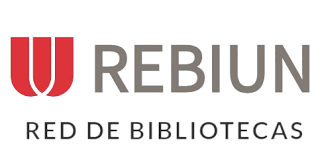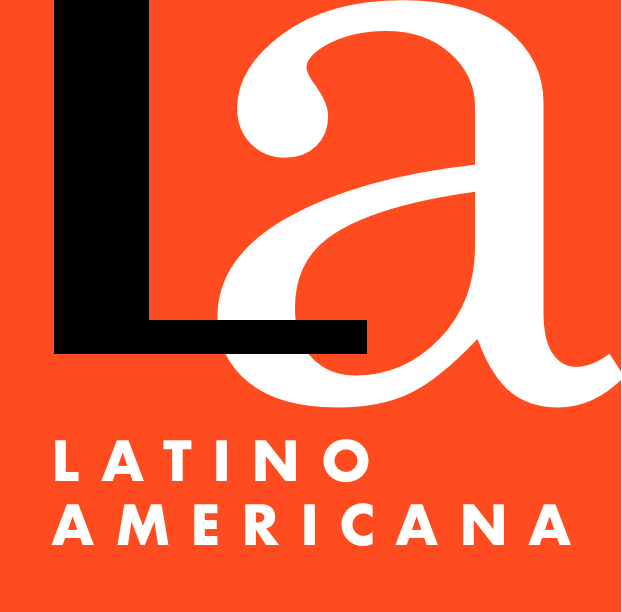Analysis of different approaches of universal design paradigm applied in education
Keywords:
Universal design, Learning, Instruction, Inclusive education, DisabilityAbstract
The Universal Design paradigm has been applied in education over the last decades using different approaches: Universal Design for Learning (CAST, 2011; Rose y Meyer, 2000, 2002, 2005), Universal Instructional Design (Bryson, 2003; Silver, et al., 1998), Universal Design for Instruction (Roberts et al., 2011; Scott, et al., 2001), Universal Design in Education (Burgstahler, 2007). Despite the fact these approaches differ in the description of the concept and the number of principles, all of them have a primary goal. They provide full participation of all students, including those with disabilities, in the teaching-learning process (curriculum, methods and assessments). The aim is to include, and teach, a more diverse student population. This article describes and summarizes the different approaches used, as a tool for the educational community and their teaching. In this way, each principle is described with the same structure. First, we present the concept with its definition and its center or institution and, secondly, we describe the principles with the main features and application areas. Finally, as a summary, we present a table with the approaches and their main publications.
Downloads
Published
How to Cite
Issue
Section
License
Copyright (c) 2014 Revista Latinoamericana de Educación Inclusiva - Latin American Journal of Inclusive Educatio

This work is licensed under a Creative Commons Attribution 4.0 International License.
Creative Commons Attribution (by)
This licence permits the exploitation of the work, as well as the creation of derivative works, the distribution of which is also permitted on condition that express reference is made to the author, i.e. that his/her name appears in any use or act of exploitation of the work.













